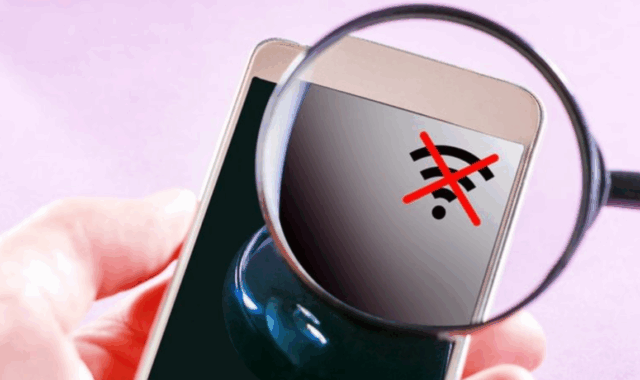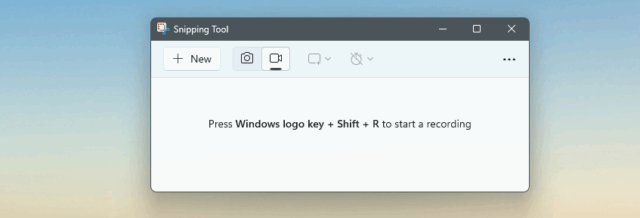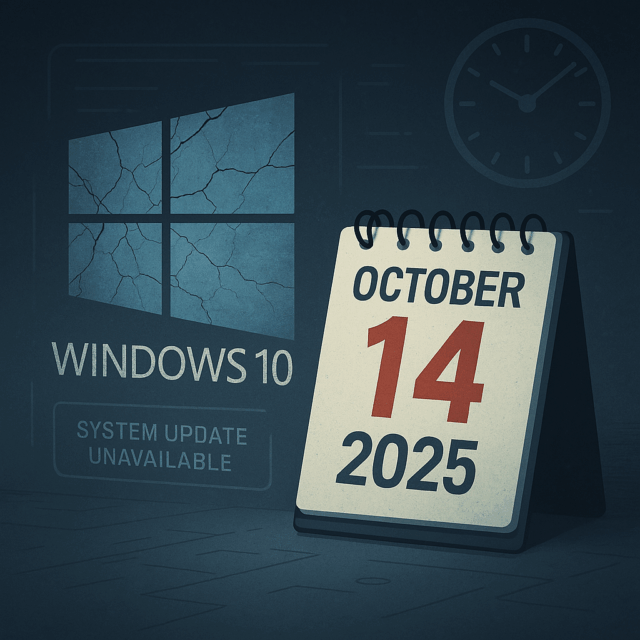In the digital age, your email is more than just a way to communicate – it’s often the master key to your digital life. For businesses, it’s the gateway to client communications, invoices, sensitive login credentials, and financial transactions. That’s why it’s alarming – but not surprising – when someone’s email gets hacked repeatedly. And yes, sometimes, the root of the problem lies in something that seems harmless: using pirated software.
A real-world case: when a “free” Office cost thousands
Let’s break down a real-life scenario where this exact situation unfolded.
One of Delitech’s customers, citing cost concerns, opted not to buy a licensed Microsoft Office package. Instead, they downloaded a cracked version and used a keygen or activator tool to bypass the licensing system. On the surface, everything seemed to work fine. Outlook opened. Emails sent. Spreadsheets calculated. Money saved – or so they thought.
Weeks later, strange things began happening:
Emails stopped reaching intended recipients.
Clients reported suspicious-looking follow-ups.
Hosting login emails were intercepted.
Hackers logged into the domain control panel and set up email forwarders.
Most devastating of all: payment invoices were intercepted, and banking details were altered. A significant sum of money was paid into the wrong account.
How did this happen?
It all ties back to that pirated Office installation.
1. Crack tools are malware in disguise
Those so-called “activators” or “cracks” often come bundled with malware. Many are remote access Trojans (RATs), keyloggers, or backdoors that allow attackers to spy on everything you do.
Once installed:
- They can monitor keyboard input (including email passwords).
- They can silently install browser extensions or certificate spoofers.
- They can export Outlook files or scrape email contents.
2. Privilege access = full control
Office applications, especially Outlook, often run with high privileges. A compromised install can give malware direct access to:
- Email accounts configured in Outlook.
- Saved passwords or tokens.
- Cached login sessions to platforms like cPanel, Gmail, or Office 365.
If the attacker extracts login credentials, they can access not just the email account, but everything connected to it — domain registrars, billing systems, hosting panels, and more.
3. Silent forwarders and rule manipulation
Many email breaches don’t involve changing your password or alerting you in any way. Instead:
- The attacker logs in and sets up email forwarding rules to monitor or reroute specific messages.
- In this case, emails with invoice or payment terms were rerouted to a fraudulent inbox.
The hacker then altered the PDF invoice or simply replied with fake banking details.
Since the original user still had access to their account and didn’t see any login alerts (common in POP3/IMAP setups), they didn’t even realise what was happening.
Why pirated Office is a huge risk
Besides being illegal, pirated software skips critical security checks. You won’t get proper security updates or fixes. Worse, you’re disabling key protections just to get it to run – essentially inviting malware into your system.
Here’s what you risk:
- Compromised email credentials
- Data leakage (contacts, invoices, documents)
- Financial loss
- Client trust erosion
- Reputational damage
What you should do instead
- Buy legitimate software: It’s a small investment for something your entire business relies on. Microsoft offers different pricing tiers, including one-time purchases and business plans.
- Enable MFA (Multi-Factor Authentication): Even if credentials are leaked, MFA can stop unauthorised access.
- Monitor account activity and Mail Rules: Regularly check for suspicious forwarding rules or unauthorised logins.
- Use reputable security software: Avoid “free” antivirus software that comes bundled with adware or worse.
- Train your staff: Educate them about phishing, software piracy, and email security practices.
Final thoughts
If it seems too good to be true, it probably is. That cracked Office install might save a few rands up front, but the long-term cost – in money, time, and trust – can be catastrophic. In this case, the user didn’t just lose access to their emails. They lost money, credibility, and control over their own systems.
The cost of legitimate software is minimal compared to the price of a compromised business. Don’t let a cracked Office crack open your entire operation.
Stay safe. License your software legally. You can get Microsoft licenses you can trust right here.





